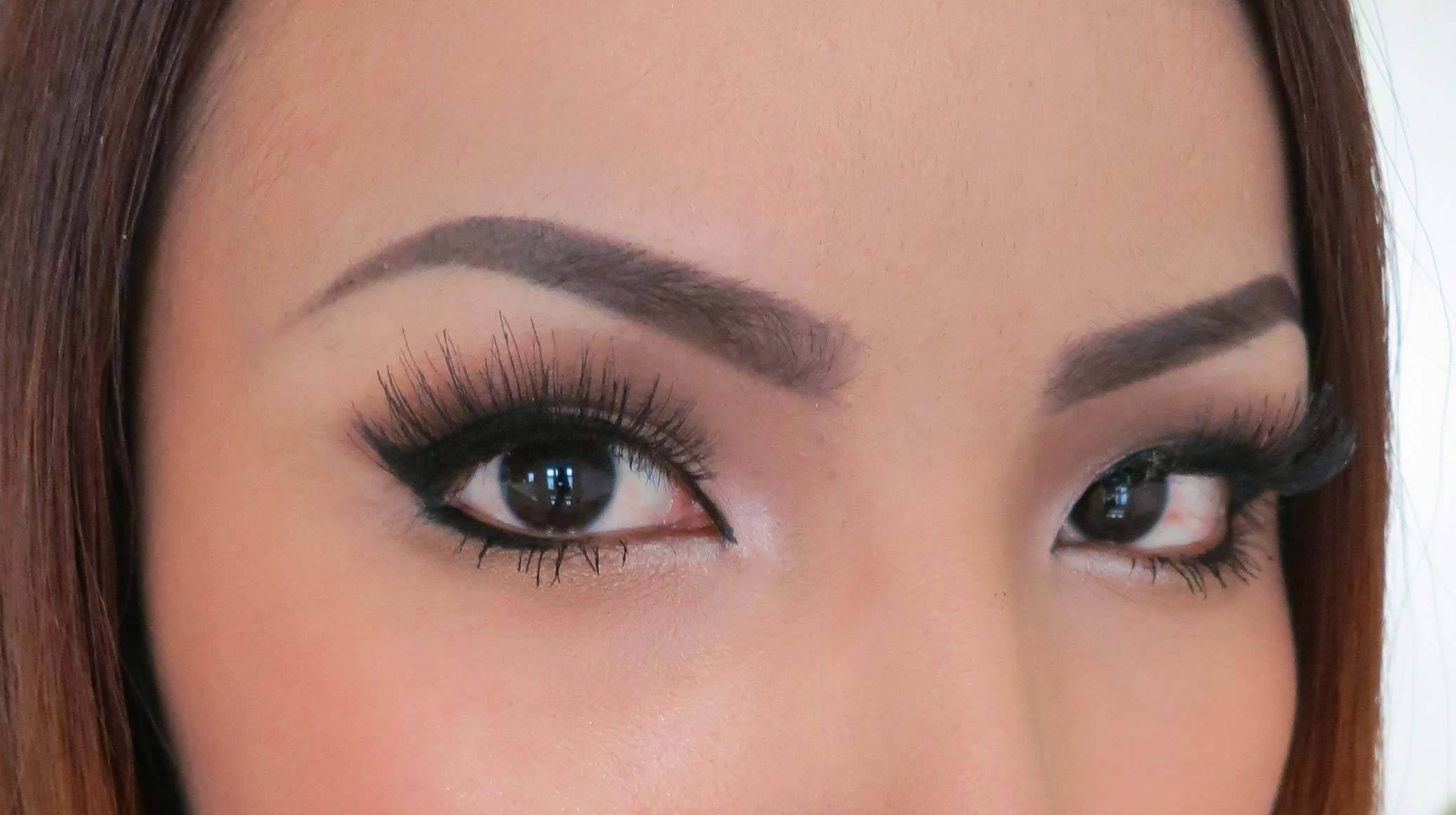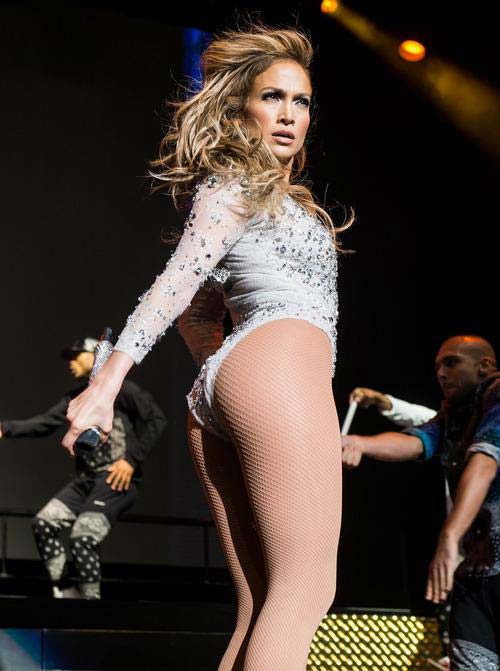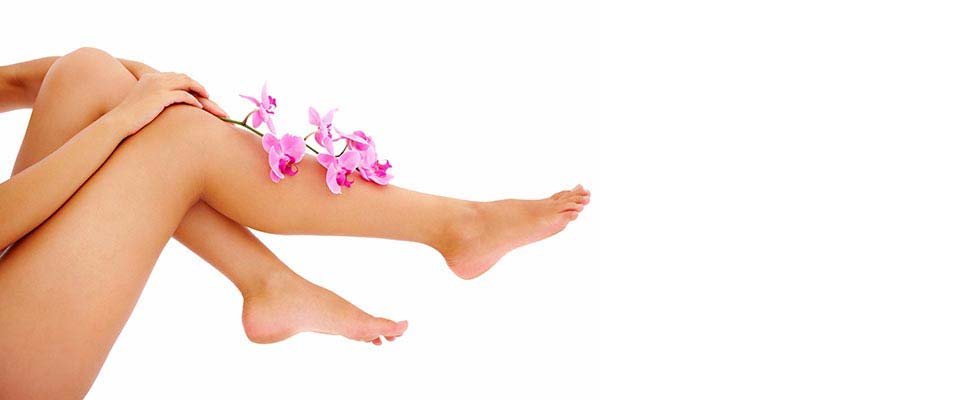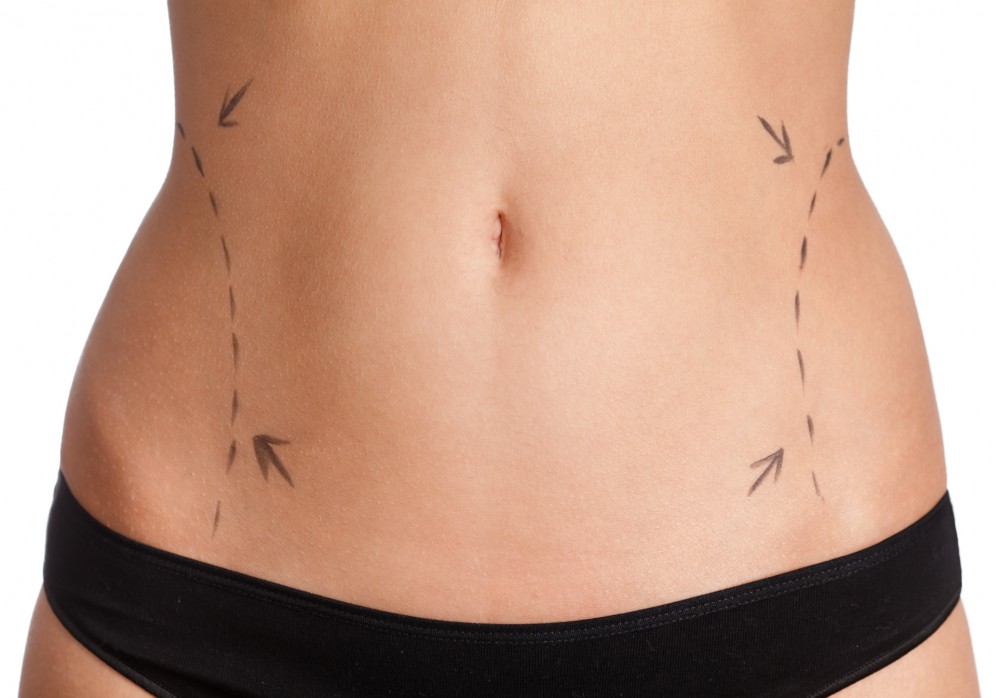A Word on Laser Hair Removal
Laser hair removal is the most effective method of treatment for unwanted body hair. Roughly 22% of women in North America have excessive or unwanted facial hair while men tend to want to remove body hair, such as back, shoulder, or ear hair. Body hair may be undesirable for patients for cultural, social, cosmetic, or psychological reasons, and unwanted hair can result in feelings of embarrassment or emotional burden that may impede patients’ relationships or daily activities. This level of impairment is comparable to that experienced by patients with psoriasis and eczema and eclipses that experienced by patients with acne.
Adequate methods for hair removal have long been in demand — long-term hair removal with minimal adverse effects is the ultimate goal. Laser hair removal has become well established as an effective form of treatment for unwanted body hair.
The shaving and hair removal market in the United States increased 8% between 2002 and 2007 and is currently 1.8 billion dollars annually. None of the hair removal methods practiced today provides a complete hair removal solution. This goal will likely be reached with a more complete understanding of anatomy, physiology, hair growth cycles, and laser-tissue interactions, and as more sophisticated technologies emerge.
8 Most Common Forms of Hair Removal
Numerous methods are successful in temporarily removing hair:
Manual plucking
This method is an easy and practical way to remove single hairs and can be utilized by most individuals for clearing small numbers of unwanted hairs. The hair shaft must be long enough to be grasped by tweezers.
Plucking often induces a hair follicle into its active growth phase, or anagen, thus stimulating new hair growth. Additionally, it can create postinflammatory hyperpigmentation, true or pseudofolliculitis, and, very rarely, scarring.
Shaving
Although fast and effective for clearing a large surface area of hair, shaving is the most temporary method of hair removal, as it only cuts the hair at the skin surface. As the hair continues to grow, the blunt end of the cut hair is more noticeable because it is thicker than a normal tapered end.
Disadvantages include skin lacerations, potential pyoderma, folliculitis, ingrown hairs, and postinflammatory hyperpigmentation. Many women may not use this method on certain areas of the body because of masculine connotations of shaving the face and neck.
Waxing or sugaring
Application of a warmed wax or a sugary paste to areas of hair-bearing skin and then removing it, along with the unwanted hair, is a popular method of hair removal and is commonly performed at salons and spas. This method may be used over large skin surface areas (eg, legs, arms, back) or small controlled areas (eg, face, eyebrow, bikini area). New hair growth appears more slowly than with shaving, as the hair must grow to the level of the skin surface before it appears.
Stripping of the wax or sugar paste from the skin is often unpleasant or painful and may cause adverse effects such as irritant dermatitis, true orpseudofolliculitis, hyperpigmentation, scarring, and thermal burns from hot wax or poor technique.
Depilatory preparations
Preparations containing thioglycolates or strontium sulfide are the most widely used chemical depilatories. These agents disrupt the disulfide bonds (especially cysteine) that hold hair cells together, thus dissolving the hair. Like shaving, this method offers only a brief hair-free period, as hair continues to grow from the level of the skin surface.
The major adverse effect is the potential for irritant or allergic contact dermatitis, which may cause significant itching or rash.
Chemical bleaching
Bleaching with hydrogen peroxide is an effective method of disguising the presence of hair but does not actually remove hair.
This is particularly effective for individuals with fine but dark and, therefore, noticeable hair on the arms, face, or neck.
Electrolytic therapy
Successful electrolysis can achieve hair follicle destruction to some degree in 15-80% of patients. Galvanic electrolysis employs a weak direct current that passes through a negative electrode (anode) inserted in the hair follicle and a positive electrode (cathode) in the form of a wet pad in the patient’s hand. Follicular destruction is achieved via the formation of toxic sodium hydroxide (a free radical). Electrothermolysis uses an alternating current that causes direct thermal destruction of the hair follicle. A combination or blend technique of both galvanic electrolysis and electrothermolysis may be used, which is considered by many users to be more effective, more rapidly performed, and with less discomfort.
Each hair must be treated individually and the process is slow and may be painful. Adverse effects include pain, scarring and hypo- or hyperpigmentation.
Medicated treatment with eflornithine
Available by prescription only, eflornithine 13.9% cream was approved for topical use by the Food and Drug Administration (FDA) on July 31, 2000. Topical eflornithine may irreversibly inhibit skin ornithine decarboxylase activity, resulting in a reduction in the rate of hair growth. The onset of action may take 4-8 weeks of using the topical cream for unwanted facial hair on the mustache and chin area.
The most common adverse effects of topical eflornithine cream include, but are not limited to, acne, pseudofolliculitis barbae, skin irritation, and rash.
Laser hair removal
Since 1996, when photoepilation-using laser technology first became available for use, numerous advances have occurred in laser hair removal, resulting in different types of lasers now available for treatment of excessive hair. Laser hair removal is based on the theory of selective photothermolysis, or selective destruction of the follicular unit, resulting in significant hair reduction in treated areas.*
Adverse effects are primarily related to epidermal damage by partial absorption of laser energy by the surrounding skin. This effect has been more pronounced in darker-skinned individuals whose increased skin melanin concentration places them at a higher risk of adverse effects. These adverse effects include blistering, hypo- or hyperpigmentation, scabbing, or, very rarely, serious scarring.
For more effective and safer laser hair removal We offer the Palomar Vectus Laser.*






